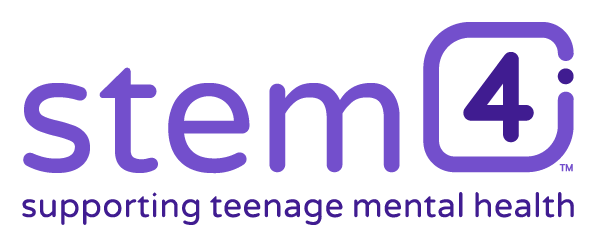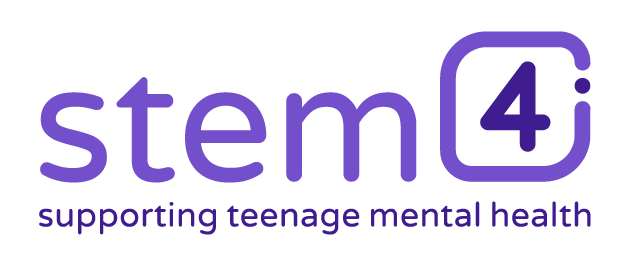Anxiety is the most common mental health condition people experience and is characterised by a range of anxious thoughts and behaviours.
Anxious thinking is almost always fear-based and anxious behaviour is often carried out to make the person less fearful. This behaviour is not generally positive, so for example, someone who is anxious of flying may not get on a plane.
So how do you know if you are anxious?
Anxiety can show itself in many forms:
- Are you feeling worried and agitated?
- Are you feeling fearful about things that others are generally not fearful about?
- Do you constantly worry?
- Do you always predict a dramatic and negative outcome?
- Do you overthink and over-check things always with a negative prediction?
- Do you have a range of physical symptoms that are consistent with a fear response such as your heart racing, increased breathing and muscle tension?
People who are anxious are more likely to answer ‘yes’ to most of the above questions.
What can you try to do to deal with your anxiety?
Anxiety can be very unpleasant to experience and it can limit the things you want to do. Here are some things you can try:
1. Face it!
If you are putting off something because it makes you feel anxious, try and support yourself to face it—bit by bit.
2. Manage behaviours
If your anxiety makes you think too much or do too much, try and reduce the behaviour—one step at a time.
3. Practise acceptance
The thoughts and behaviours you experience are symptoms of anxiety. See if you can calm your breathing and just let go of your fears by accepting them for what they are.
4. Learn to relax
Have regular breaks, learn to relax, be mindful. Art, exercise, writing, acting, yoga, massage and listening to music help.
5. Monitor your thoughts and actions
Keep a diary to work out triggers and patterns.
6. Download the Clear Fear app
Clear Fear uses the evidence-based treatment CBT to focus on learning to reduce the physical responses to threat by learning to breathe, relax, and be mindful, as well as changing thoughts and behaviours and releasing emotions. Download it for free from the App Store or Google Play. Find out more at www.clearfear.co.uk.
7. Seek help
Visit your GP by phoning your local practice and booking an appointment (check if you can book it with their mental health lead). Go ready to discuss your concerns and the problems you are experiencing. You can always take your diary with a record of symptoms with you in order to help this process. If you have a lot to discuss, book a double appointment.
8. Explore organisations that can provide help
- stem4: Our website has lots of evidence-based information on anxiety for teens—visit our section on Anxiety.
- Anxiety UK: They provide support and help if you’ve been diagnosed with, or suspect you may have, an anxiety condition. Text Service 07537 416 905; Infoline 03444 775 774.
- No Panic: They provide information for sufferers and carers of people with Panic, Anxiety, Phobias and Obsessive Compulsive Disorders (OCD). Youth Helpline 0330 606 1174 (for 13-20 year olds).
- OCD Action: They offer support and information to anybody affected by OCD. Helpline 0845 390 6232.


